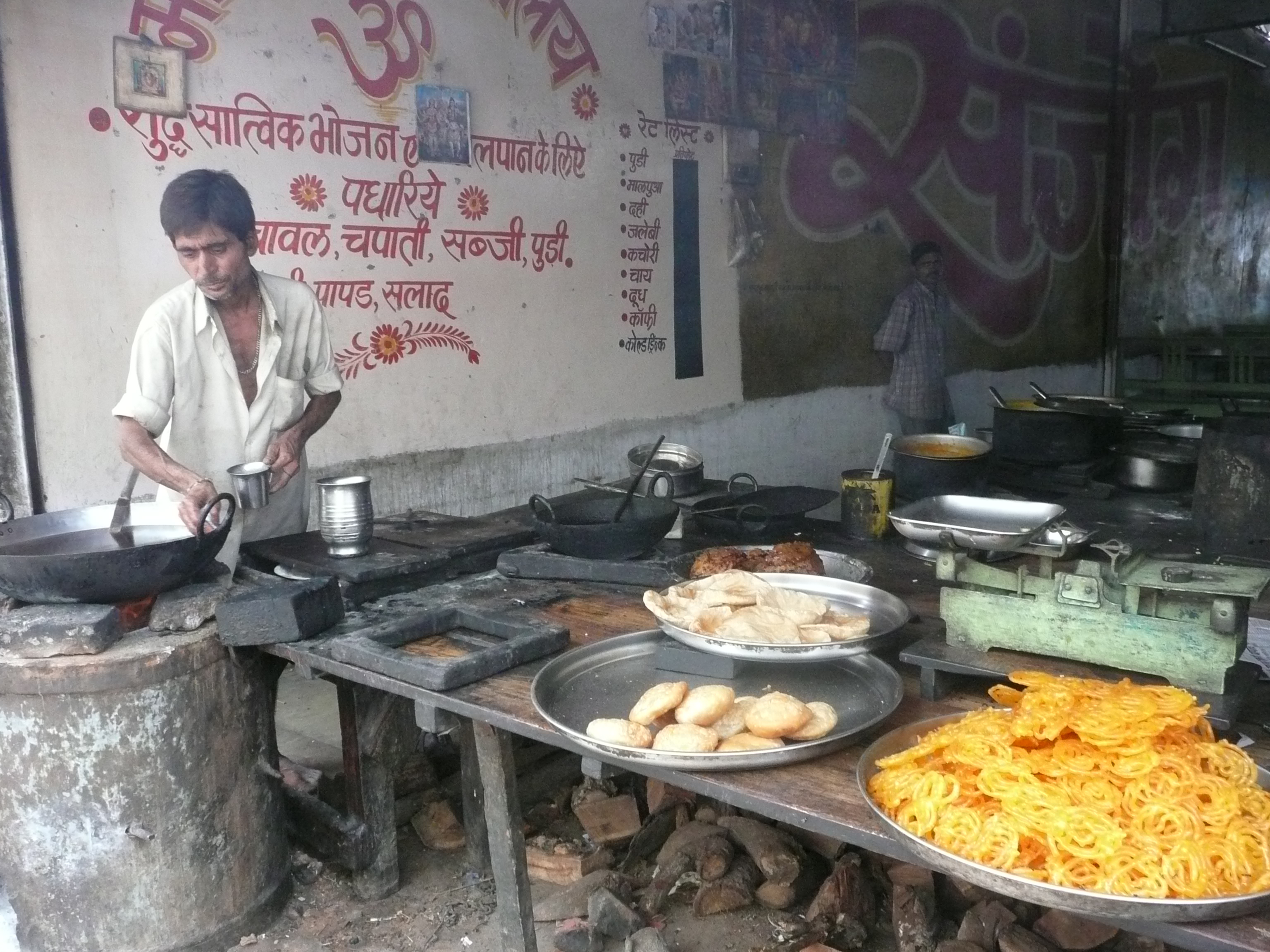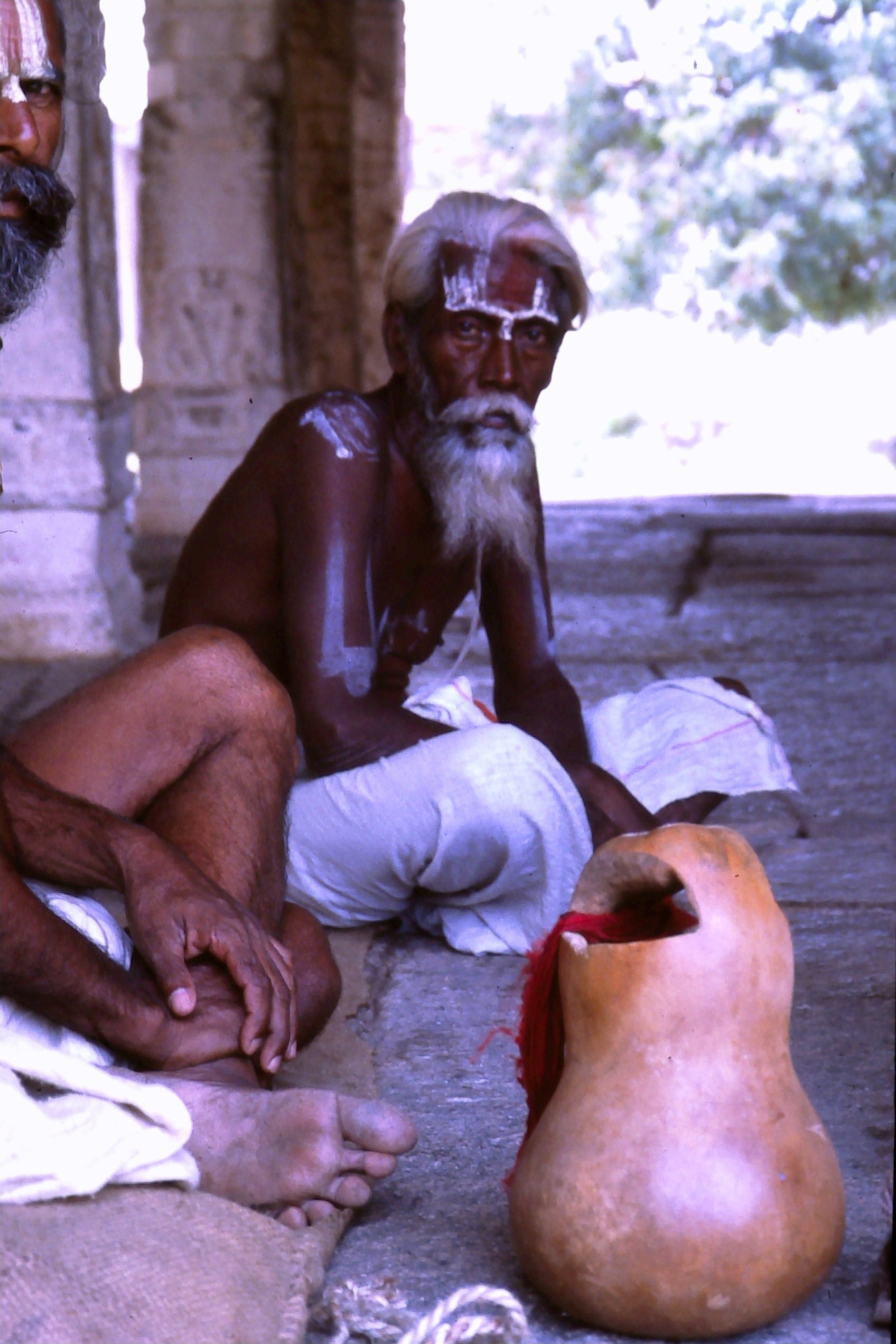Sankara’s philosophy is known as radical non-dualism or Advaita Vedanta. It was first outlined somewhere around the 8th century C.E. according to most scholars (Cenkner 29). The basis of this philosophy is that there is only one indivisible thing in existence and that is Brahman [Brahman is not to be confused with the creator god Brahma or the priestly class brahmin. All three come from the root brh meaning to grow in Sanskrit and is often used to connote greatness (Masih 66)]. Brahman is indescribable and cannot be fully understood by teachings alone. Since Brahman is indescribable, it is often spoken of in terms of what it is not. For example it could be said that Brahman is not acit (unreal), nor asat (ignorance), nor is it dukkha (suffering). This method of describing Brahman is the reason for Sankara’s philosophy to be termed non-dualism instead of simply monism (Masih 66).
Sankara gives us his ideas on Brahman and Advaita through his commentaries on certain Upanisads, the Bhagavad Gita, and the Brahma
Sutra (the three together are known as the prasthana-traya) (Masih 64). Because these texts give seemingly contradictory statements on the nature of Brahman, several schools of thought emerge from them, Sankara’s Advaita Vedanta being one of if not the most highly renowned.
Brahman is said to be changeless and indivisible. The Upanisads describe it as “one without a second”. It is knowledge, consciousness and bliss; it is all things because it is the only thing. Brahman is the source of everything in existence but also the only thing in existence. Its non-existence cannot be imagined. It is essentially derived from itself. These are a few examples of the ways in which Brahman is described. Many attempts in many teachings and scriptures have been made, but according to Sankara they will always be misinterpreted because Brahman is beyond the known and even beyond the unknown (Masih 69-70). All teachings of Brahman are therefore merely aids in discovering it for yourself.
Atman is to be equated with Brahman. Atman is pure consciousness or one’s true self. Atman is the unchanging part of you, the part that is left
after all false identities have been stripped away. Realizing Atman is to realize that there is no you, as an individual, for you are Brahman and
indivisible from it. To realize Atman and therefore Brahman is the ultimate goal in life according to Sankara (Masih 67-68). The essence of his entire philosophy can be described in the sentence “Brahman alone is real, the world is illusory and Atman is identical with Brahman” (Masih 66).
Maya is the power of illusion that comes from Brahman. It is the reason that people find it difficult to realize themselves as Brahman. When
someone achieves liberation (moksa) maya ceases to have an effect on them and they gain ultimate enlightenment. Maya is not different from Brahman,
nor is it an attribute. It is the nature of Brahman and as indivisible from it as anything else (Masih 84).
The origins of the term maya trace back to the oldest of the Vedic literature, the Rg Veda. It is used to describe the superhuman powers of Varuna (Varuna is the Vedic god of the sky and the ocean) and Indra (the Vedic god of thunder) in several different hymns (at least four times for Varuna and as many as thirty times for Indra) (Masih 78). The Upanisads, which Sankara relied on heavily to develop his doctrine, also mention maya in a similar way to the Rg Veda. (Masih 79). The definition of the word maya in these texts is decidedly different than the one Sankara uses. It was however used in sense similar to Sankara’s by a philosopher predating Sankara by a hundred years named Gaudapada (Masih 79). It would seem that Guadapada influenced Sankara in his interpretation of the prasthana-traya texts.
According to Advaita teachings, once liberation has been achieved, one is free from any further karmic rebirths. It would be incorrect to say that one is returned to Brahman, as they were never separate to begin with.
Instead it could be said that one breaks through the illusion of maya and realizes the truth about reality.
When an attempt is made to prove the existence of God, it is usually through one of three arguments: ontological (the existence of the concept of God proves God’s existence), cosmological (all things must have a cause and so the first cause must be God), or teleological (the design of the world is one that must have come from an intelligent source, i.e. God). Sankara uses all three in an attempt to prove the existence of Brahman. Sankara gives these proofs only as an aid to attempt understanding Brahman (which he believes is impossible) and not definitive proof of its existence. He also claims that these proofs do not show Brahman has any quality at all to be proven (Masih 92).
Sankara’s ontological proof is basically the same as that used by any other philosopher. It states that because we have a concept of Brahman it must exist. Even when one tries to refute the idea of Brahman, its existence is established simply by having the idea of the concept of which one is trying to deny. This argument, if believed, is only enough to prove the existence of Brahman, not what it is (Masih 93).
The cosmological proof given by Sankara is slightly different than that used by most. Most cosmological arguments do not explain how it was that God came into existence. Sankara gets around this by saying that Brahman is above causality (Masih 93). To say that Brahman is not above causality is to say that something must have created Brahman, the question could then be asked “what created the creator of Brahman”, this line of thought could continue into an infinite regress making it an unacceptable form of reasoning. Sankara thus claims that logically there must be a “fundamental causal substance” (Masih 95) which is Brahman.
Sankara’s teleological proofs, like his ontological proofs are similar to those given by many religious philosophers. It states that the design of the world must have come from an intelligent source, i.e. Brahman. Sankara uses the reasoning that something with a design cannot come from nothing and must therefore come from Brahman (Masih 96).
Works Cited and Related Readings
Masih, Yakub (1987) Shankara’s Universal Philosophy of Religion. New Delhi: Munshiram Manoharlal Publishers.
Cenkner, William (1983) A Tradition of Teachers: Sankara. New Delhi: Shri Jainendra Press.
Roy, Shiva Shankar (1982) The Heritage of Sankara. New Delhi: Munshiram Manoharlal Publishers.
Related Websites
Related Research Topics
Mathas founded by Sankara
Modern followers of Sankara
Govinda Bhagavatapada, Sankara’s guru
Article written by Scott Oberg (March 2008) who is solely responsible for its content.










